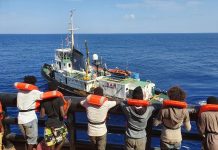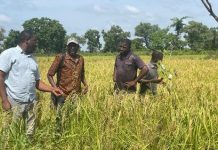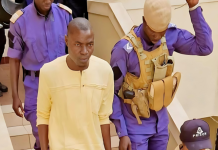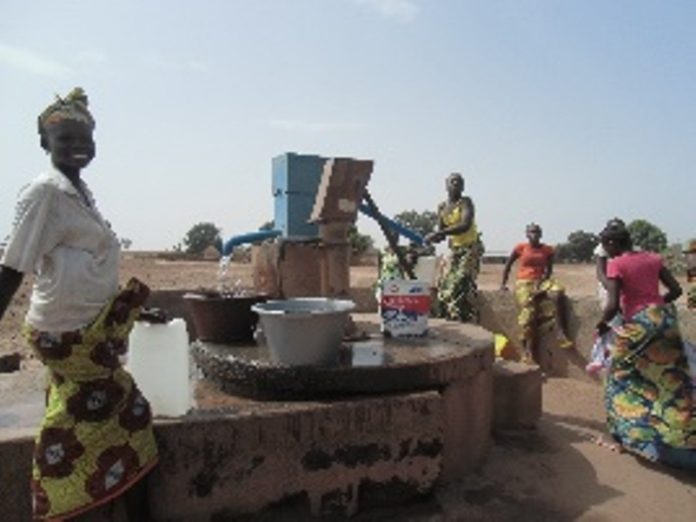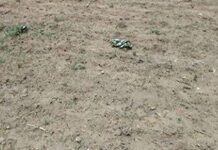(WORLD RURAL WOMEN DAY)
This Column is meant to monitor and report on issues that concerns people of the rural communities, in terms of how their development is hindered or facilitated. Rural development is a process that aims to improve the standard of living of people in rural communities.
According to Robert chambers, rural development is a strategy that enables a specific group of people, poor rural women and men, gain for themselves and their children, more of what they want and need.
It involves helping the poorest among those who seek a livelihood in rural communities, to demand and control more of the benefits of rural development. The group includes small scale farmers, tenants and the landless.
Thus the term rural development, may be used to imply any one of the above-mentioned connotations.
To avoid the ineffective floundering among the myriad definitions, we shall define rural development as a process that leads to sustainable improvement in the quality of life of rural people, especially the poor.
According to Lamin Sambou Kinteh, for rural development to be meaningful and realizable, the trinity of development must be present such as electricity, water and rural infrastructural development like roads, industries, Schools, and health facilities etc.
The Sustainable Development Goals are the blueprint to achieve a better and more sustainable future for all.
They address the global challenges we face, including those related to poverty, inequality, climate change and environmental degradation, prosperity, peace and justice.
The Goals are interconnect and in order not to leave any behind, it is important that we achieve each Goal and target by 2030.
In this edition, we shall highlight the sixth Sustainable Development Goal which deals with Water and Sanitation.
ENSURE ACCESS TO WATER AND SANITATION FOR ALL
Clean, accessible water for all is an essential part of the world we want to live in and there is sufficient fresh water on the planet to achieve this. However, due to bad economics or poor infrastructure, millions of people including children die every year from diseases associated with inadequate water supply, sanitation and hygiene.
Water scarcity, poor water quality and inadequate sanitation negatively impact food security, livelihood choices and educational opportunities for poor families across the world. At the current time, more than 2 billion people are living with the risk of reduced access to freshwater resources and by 2050, at least one in four people is likely to live in a country affected by chronic or recurring shortages of fresh water.
Drought in specific afflicts some of the world’s poorest countries, worsening hunger and malnutrition. Fortunately, there has been great progress made in the past decade regarding drinking sources and sanitation, whereby over 90% of the world’s population now has access to improved sources of drinking water.
To improve sanitation and access to drinking water, there needs to be increased investment in management of freshwater ecosystems and sanitation facilities on a local level in several developing countries within Sub-Saharan Africa, Central Asia, Southern Asia, Eastern Asia and South-Eastern Asia.
What is the current situation in the Gambia with regard to this Sustainable Development Goal? Follow the ‘‘Life of the Rural People’’ Column for answers!!!

